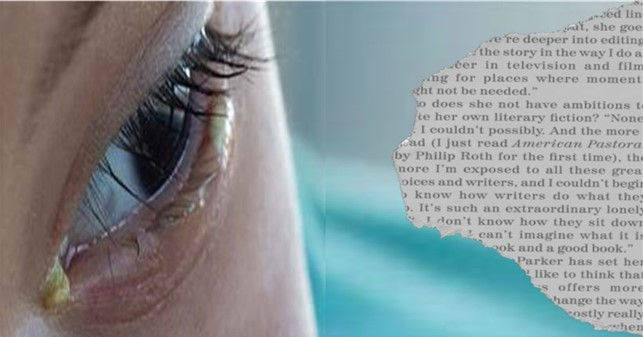What color is your aura? Wien's displacement law
- Physics Core

- Aug 28, 2024
- 3 min read
Updated: Apr 11
No reputable psychic would finish a session without reading your aura. They will tell you that your body radiates energy in colors specific to your personality traits. For instance, if your aura is blue, you are reflective and peaceful; if it is red, you are fiery and dominant. The color may differ from one psychic to another, but they will blame it on your emotional state and the pressures of modern life. They will even let you choose your color. After all, why settle for one when the rainbow has loads? However, if you ask about a link between energy and color, they will diverge into the murky waters of chakras and higher dimensions. And you will leave none the wiser. So, what energy do our bodies emit, and how is it related to color?

Fig. 1 Aura imitation. Credit: Radiant Human, Art photography by Christina Lonsdale.
Our bodies generate various forms of energy, but the only type we can perceive visually is light. Light is a form of electromagnetic radiation, encompassing six additional bands that are not visible to the human eye (Fig. 2). Each band is defined by its wavelengths. Since wavelengths are not something we understand intuitively, I will substitute them with the more familiar concept of temperature.

Fig. 2 Full electromagnetic spectrum, from radio waves to gamma rays. Source: BBC Bitesize
According to Wien's displacement law, a strong correlation exists between a body's temperature and the color of the light it emits. For instance, to emit blue light, a body must reach an extremely high temperature of approximately 18,000°F (10,000°C). This is the temperature of blue Sirius, the brightest star in our night sky (Fig. 3). As the body's temperature decreases, the emitted radiation shifts towards the red end of the visible spectrum. An example of a red star is Betelgeuse, which at 5800°F (3200°C) is significantly cooler than Sirius.

Fig. 3 Blue Sirius and red Betelgeuse. Credit: Hubble European Space Agency,
As the temperature continues to drop, the red glow begins to weaken and eventually fades into non-existence. The photo in Fig. 4 shows the eruption of Arenal Volcano in Costa Rica in 2006. The dark background is ideal for viewing the colors predicted by Wien's law. Lava appears orange when it is hotter and turns red as it cools. When the lava cools to around 1000°F (500°C), it transitions from visible red to invisible infrared radiation. Faint red specks can be seen between the two main flows, disappearing into darkness where the lava has cooled.

Fig. 4 Eruption of Arenal Volcano in Costa Rica By Matthew.landry at English Wikipedia
With the temperature cooling further, we advance deeper into the infrared spectrum. At 160°F (70°C), home radiators release energy we can only perceive as heat. At 100°F (37°C), our bodies emit wavelengths that are neither visible nor tangible. We can't be seen in the dark room because our glow can only be captured by the infrared camera. Therefore, if psychics wish to see our auras, they should develop an organ capable of detecting the infrared range, similar to what pit vipers possess.
Pit vipers have pits on their heads located between the eyes and nostrils (Fig. 5). These pits contain membranes that can detect the infrared wavelengths emitted by their prey, like mice and birds, with body temperatures akin to humans. The viper's brain converts this data into images. It is unclear if the images are in color. However, if they were, the colors would not match those seen by a viper's eyes, as the brain has already allocated these to the visible spectrum.

Fig. 5 Salazar's pit viper. Photo courtesy of Zeeshan A. Mirza
You may argue that roses are red and violets are blue, although they lack inherent star qualities. The flowers don't own these colors; they borrow them from the Sun. At 10,000°F (5,500°C), our Sun sits in the middle of the visible spectrum (Fig. 2), emitting green wavelengths alongside other colors, displayed in rainbows when sunlight refracts through raindrops. Roses appear red because they reflect red wavelengths of sunlight, absorbing all others, while violets reflect blue. When the Sun disappears from the sky, it takes these colors with it, which is why flower beds look grey at night.
Colors can evoke emotions, and we often use them to convey our feelings. We can say we see red or feel blue, but we don't mean it literally. The colors psychics claim to see are products of their imagination, and science doesn't deal with an imaginary world, leaving that to poetry. If you want to believe you are beautiful like a rainbow, you don't need to pay a psychic to tell you that. We measure beauty in good deeds, not in wavelengths. There is simply no scientific connection between character traits and colors.



コメント